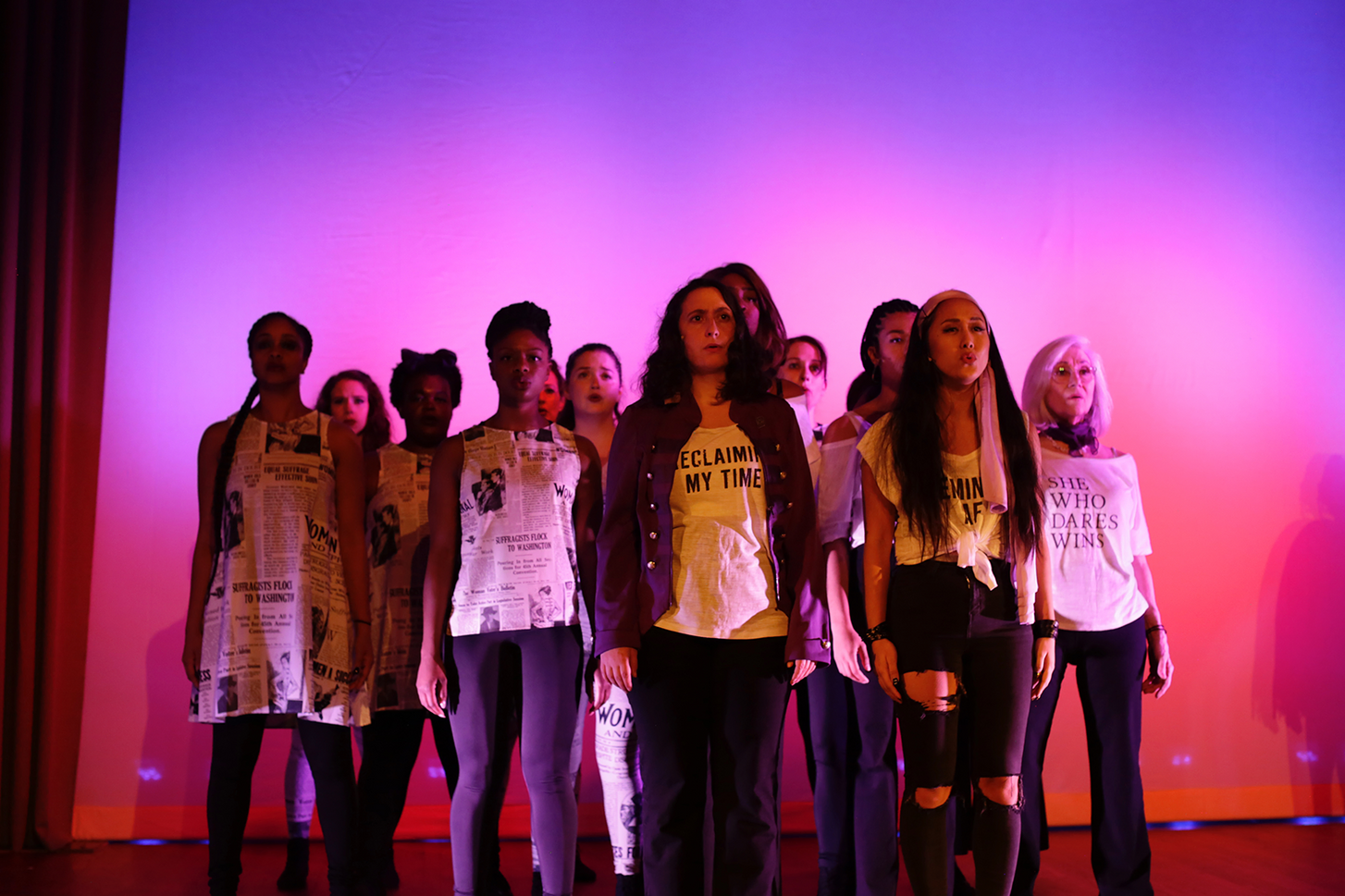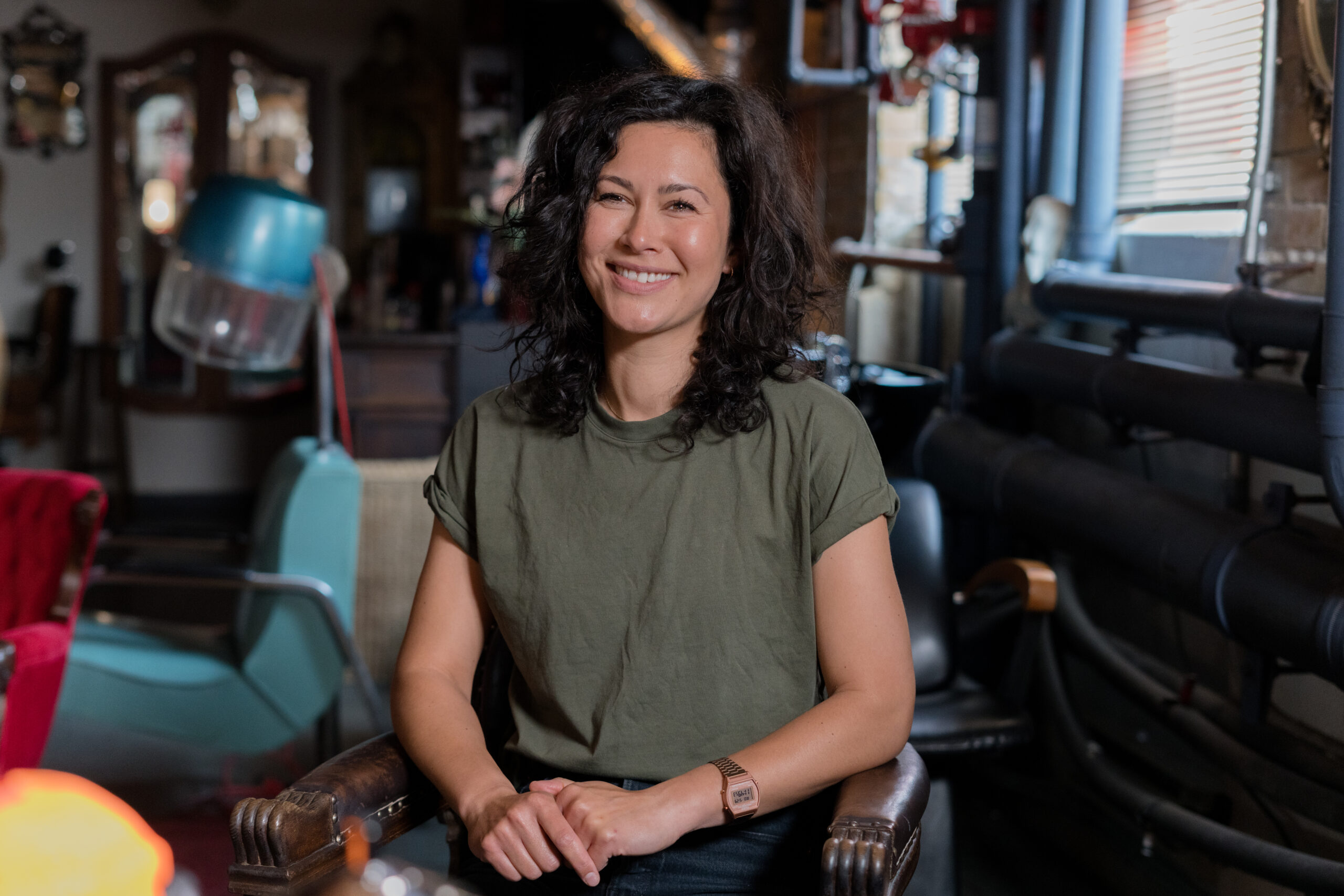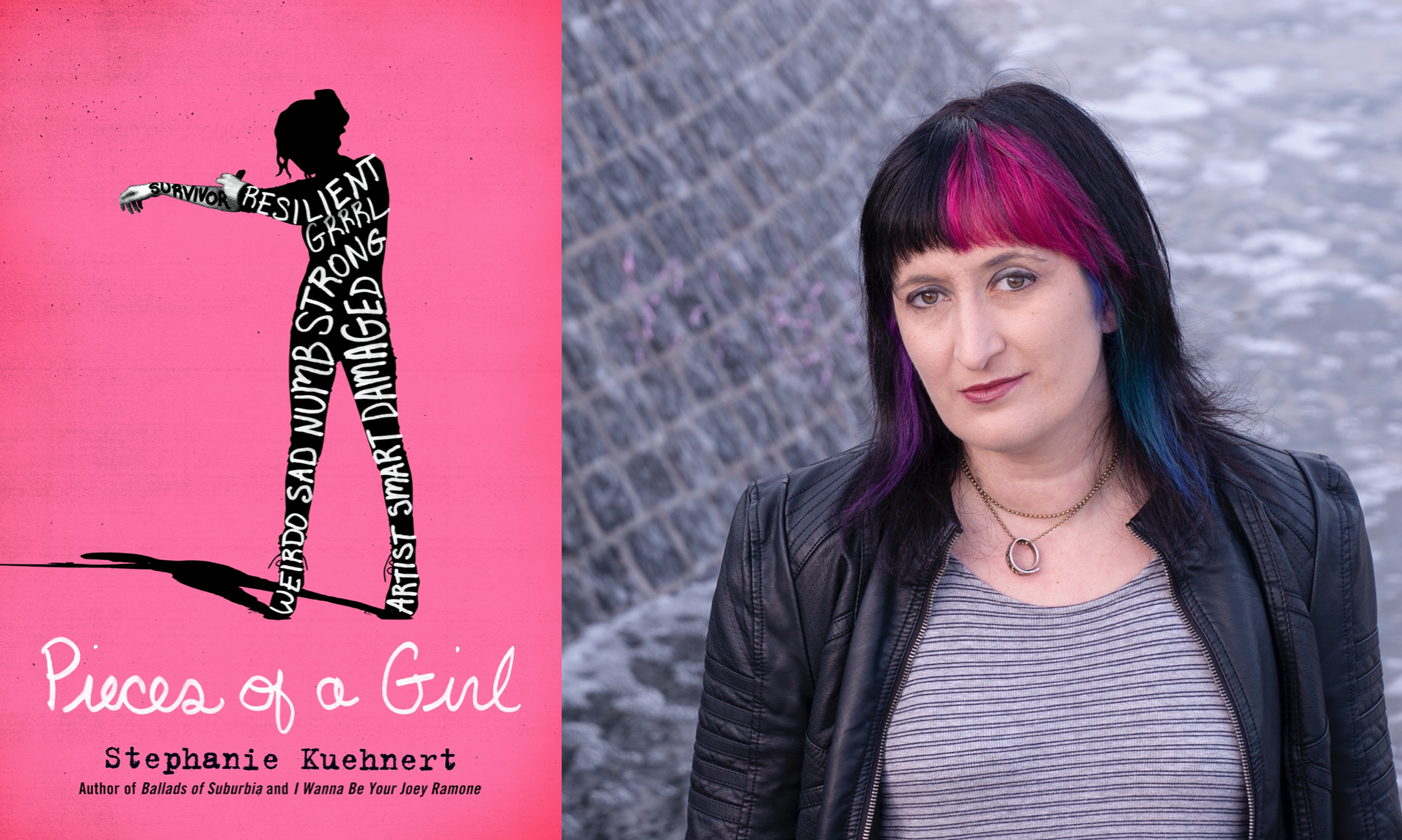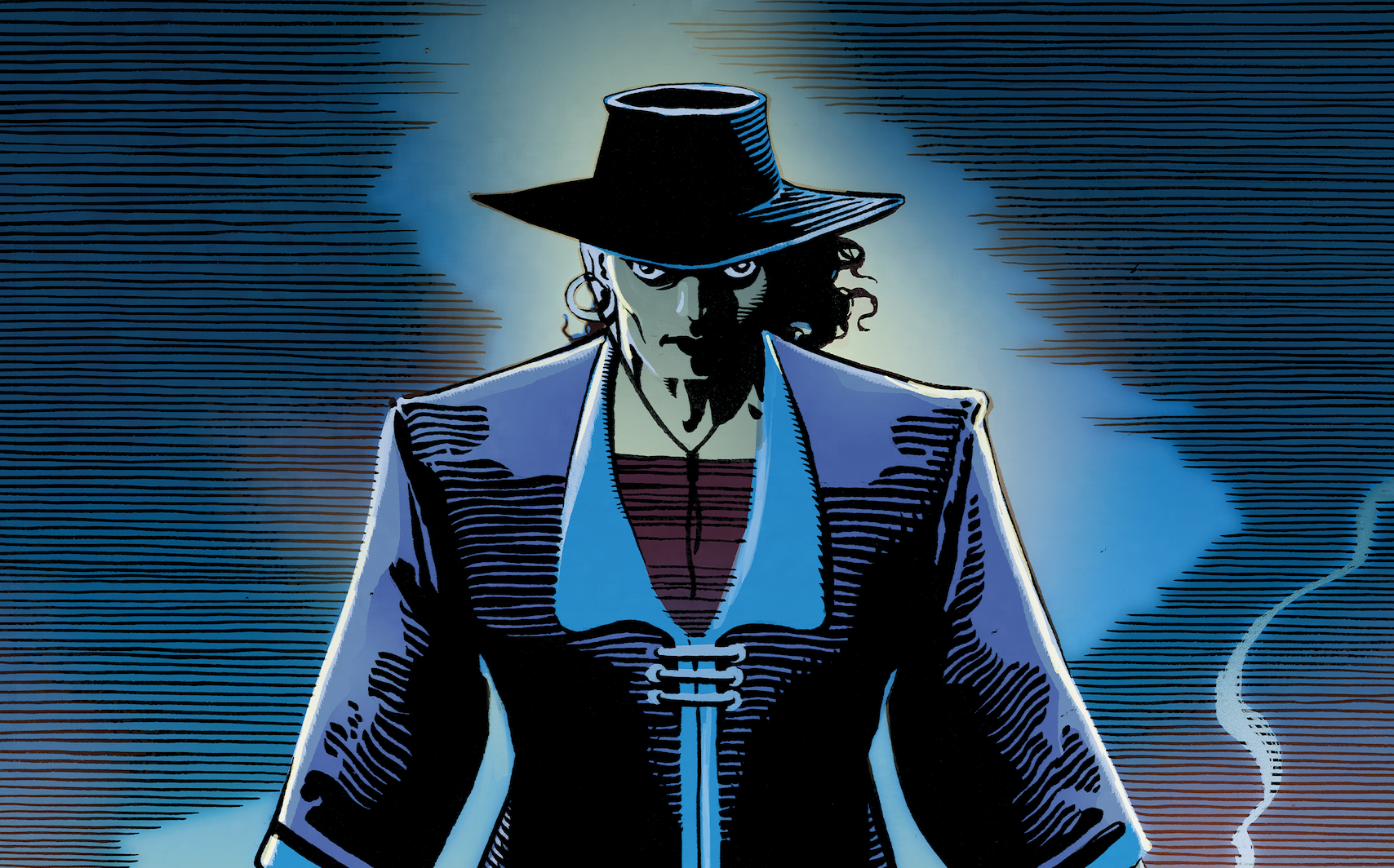
Hip Hop and rap has long been dominated by male voices and male-driven artistry. But there have always been women grinding and hustling to get the same level of respect and attention that they deserve. The music genre has always been seen as a voice for black and underserved youth in a society that has largely marginalized them, predominantly from the male gaze. But there has also been the proliferation of women’s bodies, specifically black women’s bodies, that has sadly been seen as a signature aspect of hip hop.
Female artists and MCs within this genre have been especially important throughout history, as they have worked hard to reclaim narratives about themselves, their identities and their bodies. They have been fighting two important intersectional battles: race and gender. While there are so many women who have been leading feminist advocates in hip hop, we need to talk about one artist in particular – Princess Nokia.
The New York City-based rapper, real name Destiny Frasqueri, has been described as a modern day anarchist with her in-your-face stage performances, feminist podcasts, and albums which contain songs about a number of feminist themes. She first came onto the scene in 2014 with her ‘Metallic Butterfly’ release, under a different name (Wavy Spice). In 2015 she released ‘Honeysuckle’ under the name Destiny, before her latest reinvention as Princess Nokia in 2016, releasing the album ‘1992’.
Received by audiences and critics with acclaim, NME describes the album as “a Technicolor blast of gleeful riot-grrrl rap that slaps your head one moment, breaks your heart the next.” The name Princess Nokia is an homage to the popular cell phone brand which she says was the only one available to people in her income bracket.

Princess Nokia pays homage to New York in the 1990’s on her latest album, telling NME’s Joe Madden, “It’s everything you see here as a kid: the nightlife, the drag queens, the prostitutes, the skaters, the old women on the Upper East Side with little dogs under their arm. Everything has character here; it has an essence, it has a vibe”.
There are a couple of tracks on ‘1992’ which dive into her tumultuous teenage years. After the death of her mother and grandmother, Nokia was sent to live with a foster mother who was abusive toward her. Music has become one of the ways she was able to deal with the severe trauma she experienced as a youth, and why she wants to speak to young women through her music today.
Although she is known as a mostly hip hop artist, Nokia says she has always felt like she doesn’t necessarily fit in anywhere or in any particular subculture.
“Sometimes I’m a skater, sometimes I’m a goth kid, I’m a raver, I’m a hippy, I’m a theatre nerd. I’m a weird kid. I’ve got so many personalities eatin’ me up inside. And I think that’s the basis of the music and my whole identity: not caring about not fitting in, y’know?” she said.
Her music influences include a wide range of genres, not just hip hop. She grew up listening to The Red Hot Chili Peppers, for instance, and was particularly enamored with bands from the Riot Grrrl movement such as Bikini Kill and Le Tigre, which helped her form her radical feminist identity. She told the Guardian how feminism is interwoven into all aspects of her work, and why she is adamant about specifically carving out spaces for women at her shows.
“All the shows that you go to, men would just be in the front in droves, moshing and they have such a brotherhood – which is beautiful and very commendable and I respect it very much. But it’s like a thousand men with their sausages out and it’s a real testosterone fest. Girls are, like, quivering in the corners, holding on to their purses, and they deserve to hold so much more space than that. A Princess Nokia show is this place where girls can do that and take the space in the way that men and the brotherhood do,” she said.
A huge part of why she is so intentional about her shows is because of what she wanted to see when she was growing up, and now that she has the opportunity to change things, she will.
“When I was young, all I wanted was to have a show where young girls could mosh together and hold hands and take off their bras and just be so liberated on some real punk-rock s**t. I want girls to feel free; I want them to feel like they’re empowered, liberated feminists. There’s been an entire sisterhood cultivate itself around my music, at my shows all around the world, and it’s been really emotional for me,” she told NME.
At a show in Dubai one young woman came up to her thanking her for saying the things she was unable to due to the conservative culture around women in the country. She acknowledges the misogyny within hip hop, but doesn’t let sexism dictate her path or the message she is trying to put out there for women. At a show earlier this year at Cambridge University, Nokia allegedly punched a male audience member in the face after he heckled her with obscene sexist remarks such as “show us your tits”. Violence is never a good tactic to resort to, however the rapper was unapologetic about standing up to blatant misogyny.

For those who haven’t yet experienced a Princess Nokia show, they can get to know her more through her podcast Smart Girl Club, an urban feminist arts collective she founded with her friend Milah Libin. She says she created it “so I could have my own space when I was co-existing within a lot of white cis male spaces … where I could talk about urban feminism, sexuality, relationships, spirituality, music, art, and interview people and laugh and make fun of myself.”
In an interview with Bust magazine, she says she wants to help young women today understand what feminism really is.
“I want to influence my generation to not give a fuck about the male gaze and to care about making themselves happy. I want women to understand that “feminist” is not a bad word. I want them to be aware of the need for equality, empowerment, and self-love. I want it to be a topic without eye rolling and I want it to be a topic amongst the black and brown community without confusion. I want to bring radical feminism into the bedrooms of young girls so they can know what feminism is,” she said.
Her passion to advocate for the voices of underserved young women was most notably seen in her music video for ‘Young Girls’ from 2015, which she co-directed. The lyrics of the song depict a female-dominated utopia where the women gather and dance, eat, and cavort freely. But it is also, as Vice describes, “essentially a homage to fertility and motherhood, and it showcases the deep respect Nokia…has for young mothers.”

“People look down on teen moms and young mothers when they are the most gracious and significant women on this Earth. They sacrifice their freedom and their lives to give life. I don’t think people realize what they have to go through—the shaming our society puts on them. I mean, we’ve been having children as teenagers since the beginning of time,” the artist said.
There are women of all shapes, sizes and ethnicities represented in the video, including West African, Polynesian, Taíno, Caribbean, Dominican, Haitian, African American, Mexican, South American, Palestinian, and Jewish backgrounds. Nokia herself is an amalgamation of ethnicities – Afro-Puerto Rican and Native American.
We’ve been musing on the fact that 2017 has been a year where women’s voices across all spectrums have been rising up in powerful ways, in large part as a backlash to the election of Donald Trump as POTUS. Voices like Princess Nokia’s are part of the #resistance movement that has well and truly got the patriarchy shook, and we’re here for all of it. If the artist’s brand of intersectional, radical and unapologetic feminism is the future of hip hop, we know the genre is in good hands. You can watch the ‘Young Girls’ video below, and be sure to listen to the ‘Smart Girl Club’ podcast conversations by clicking here.

















One thought on “Artist Princess Nokia Is The Intersectional Feminist & WOC Advocate The Music Industry Needs”